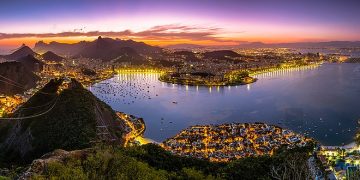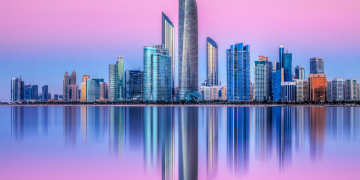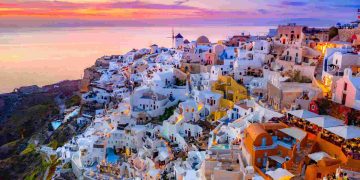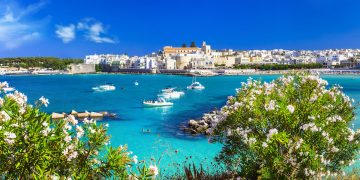Bedouin Communities Now Co-Manage Trails, Lodging, and Conservation
In the heart of southern Jordan, where golden cliffs meet sweeping wadis and the wind carves silence into sandstone, lies a place quietly redefining the future of community-based travel. The Dana Biosphere Reserve, already celebrated for its biological diversity and dramatic terrain, has now emerged in 2025 as a new kind of cultural sanctuary—one where nature and heritage are not separate attractions but part of a single, living landscape. At the center of this transformation are the Bedouin communities who have called the area home for centuries and who now co-manage its trails, lodging, and conservation strategies.
Jordan’s largest nature reserve, Dana spans over 300 square kilometers and contains four distinct bio-geographical zones—from Mediterranean forests to desert canyons. But what sets Dana apart in 2025 isn’t just its flora and fauna—it’s how local people have become stewards, guides, and storytellers. Initiatives over the past few years have shifted the model from tourism dependent on outside operators to one rooted in local agency. Trails that once led only to scenic viewpoints now pass through villages where visitors are welcomed by Bedouin families, offered herbal tea, and invited to stay in eco-lodges they helped design.
These partnerships have changed the way people experience the reserve. Trails are maintained by local hiking cooperatives, conservation is guided by ancestral knowledge, and overnight stays in the village of Dana or the nearby Wadi Feynan connect guests to both nature and the deep cultural rhythms that have shaped this land for generations. Rangers now work side by side with Bedouin elders, blending satellite monitoring with traditional tracking to protect endangered species like the Nubian ibex. Lodges employ women from the surrounding communities, not only as housekeepers and cooks but as managers, guides, and cultural ambassadors.
Travelers today aren’t just walking through Dana—they’re walking with it. And that simple shift—from passive tourism to participatory experience—is what makes this reserve so compelling to those seeking meaningful, immersive travel in 2025.
Visitors Learn Traditional Soap-Making, Herding, and Storytelling
The cultural renaissance unfolding in Dana isn’t just about local ownership—it’s also about deepening the visitor experience through skills, stories, and sensory immersion. Tourists no longer come just to hike—they come to learn. And what they learn here is not packaged for Instagram; it’s rooted in ancient practices still alive in everyday life.
One of the most sought-after experiences now offered in Dana is soap-making using wild herbs like sage, lavender, and chamomile gathered from the reserve itself. In small workshops hosted by Bedouin women, guests crush, infuse, and mold fragrant bars using olive oil, goat milk, and ash-based lye—methods passed down through generations. These workshops offer more than just a keepsake; they become a window into resourceful, sustainable living, where nothing is wasted and everything has a purpose.
Other travelers find themselves joining shepherds on their morning routes, learning how to read the terrain, call to goats with melodic whistles, and identify plants with medicinal properties. Evenings often conclude around low fires with mugs of cardamom coffee and tales from tribal folklore—stories of desert spirits, ancient migrations, and the trials of surviving through drought and storm. These aren’t museum tales—they’re memories shared by those who still live them.
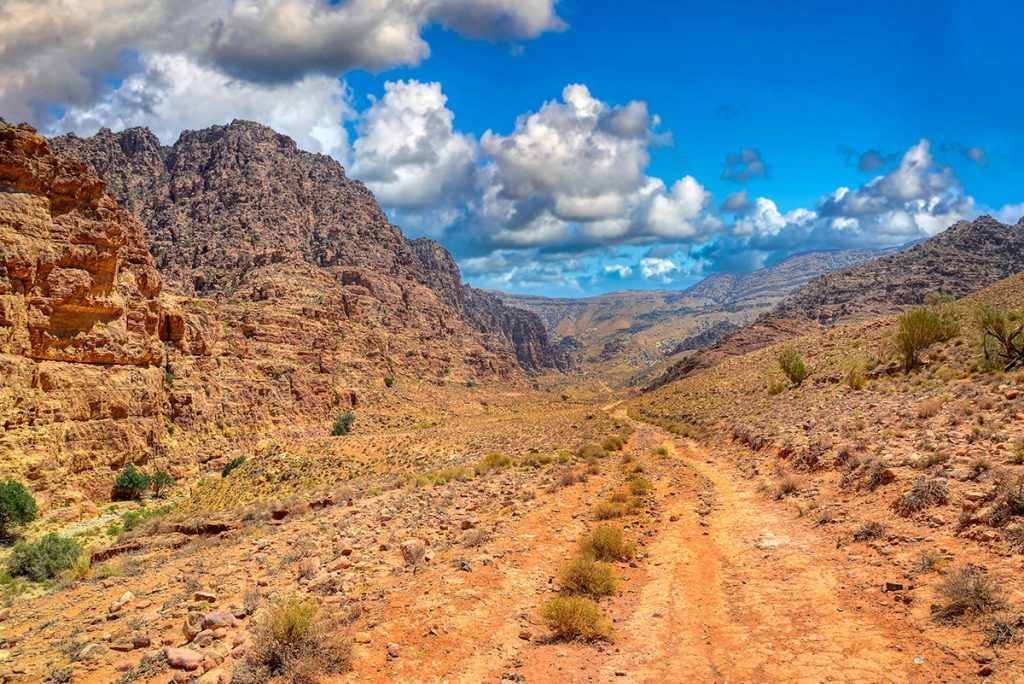
Bedouin storytelling, once in danger of being lost to urbanization and disconnection, is undergoing a revival in Dana. Community centers and eco-lodges now host weekly “Hakawati” nights—traditional storytelling sessions that draw both locals and visitors. For many travelers, these moments become the most treasured of their journeys. There’s something grounding in sitting under desert stars, listening to a tale in Arabic that’s later translated phrase by phrase. The cadence, the emotion, the gestures—they transmit a cultural intimacy words alone can’t capture.
For travelers craving authenticity and slower, deeper connection, these experiences in Dana go beyond activity. They’re exchanges. Guests leave with hands scented by herbs, feet dusted by the same paths Bedouin traders once walked, and hearts marked by the generosity of hosts who treat them less as clients and more as curious guests in a long, unfolding narrative of place.
Combines Raw Nature with Heritage-Rich Encounters
Dana doesn’t ask travelers to choose between adventure and cultural connection—it offers both, side by side, in an unforced and compelling harmony. Hikers can rise with the sun to trek the Dana-to-Feynan trail, a multi-hour descent through dramatic escarpments and wind-blasted plateaus, only to end the day with a home-cooked zarb (meat slow-roasted in underground pits) served by candlelight in a community-run ecolodge. Birdwatchers come for Griffon vultures and Sinai rosefinches, while stargazers marvel at skies unspoiled by light pollution, guided by villagers who know the constellations by their desert names.
The architecture itself reflects this duality—lodges built from local stone and mudbrick that blend with the cliffs, cooled not by air conditioners but by breeze-catching design. Guests sleep under woven goat-hair blankets and wake to the sound of bells from passing herds. Solar panels hum quietly on roofs, but meals are still baked in clay ovens. Wi-Fi may be intermittent, but hospitality is constant.
Unlike mass-market desert experiences elsewhere, Dana’s approach is intimate and relational. You might spend a morning weaving baskets with a group of women from Tafileh, the afternoon on a botanical walk with a former hunter turned conservationist, and the evening sipping mint tea on a rooftop listening to oud music played by a teenager saving for university. Every moment builds a mosaic of connection.
Importantly, this model isn’t charity—it’s circular economy. Tourism revenue stays in the region. Local families are trained and employed. Kids see cultural preservation not as nostalgia but as livelihood. This is what makes Dana different. It’s not just preserving heritage—it’s evolving it.
In 2025, as travelers seek more than passive sightseeing, Dana stands out for its ability to satisfy both the thrill of nature and the depth of human connection. It’s not just a place to photograph—it’s a place to participate. And in doing so, it becomes not just a biosphere, but a sanctuary for something rarer: mutual respect, co-creation, and shared future.



